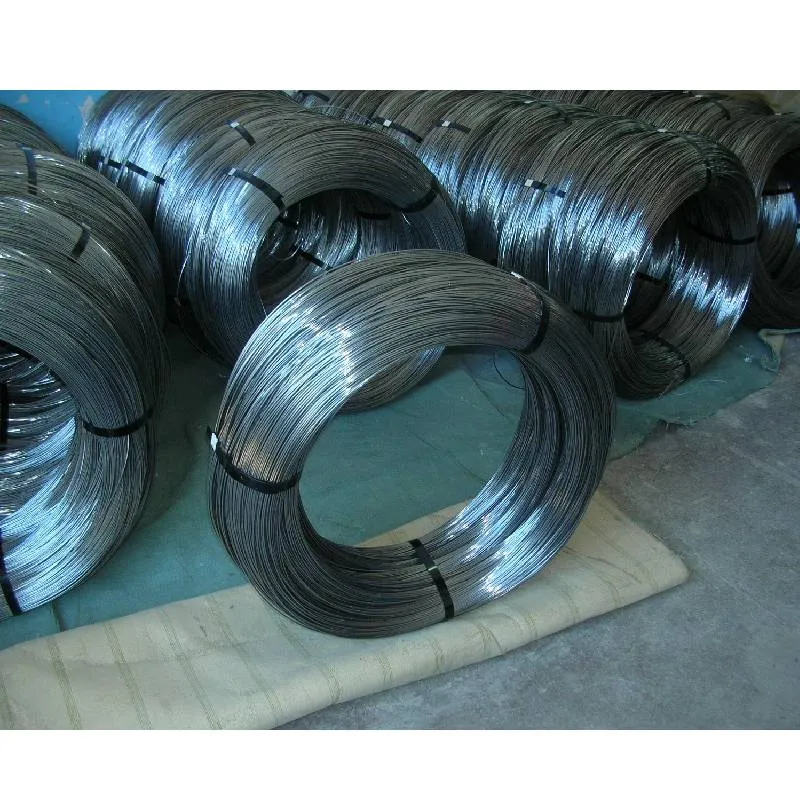
- Mobile Phone
- +8613931874955
- sales@cntcmetal.com
Understanding High Rib Lath and Its Applications in Construction and Design
Understanding High Rib Lath A Versatile Construction Material
High rib lath, an essential component in modern construction, has gained significance due to its unique design and versatile applications. This galvanized steel product features a series of raised ribs that provide enhanced strength, durability, and support, making it an ideal choice for various building projects.
What is High Rib Lath?
High rib lath is a type of metal lath designed for the plastering and rendering processes in construction. Unlike traditional metal laths, high rib lath has deeper ribs, typically ranging from 3/4 inch to 1 inch. These ribs not only help to create a more robust framework for the application of plaster but also improve the adhesion of the plaster to the structural elements of the building. The increased surface area created by these ribs ensures that the plaster forms a strong bond, minimizing the risk of cracking and detachment over time.
Advantages of Using High Rib Lath
1. Strength and Durability The ribbed design significantly enhances the tensile strength of the lath, allowing it to support heavy plaster loads. This makes it particularly suitable for large-scale constructions such as commercial buildings, industrial structures, and even residential projects where durability is paramount.
2. Efficiency in Installation High rib lath is relatively easy to install. Its lightweight nature simplifies the handling process, and the secure fastening options ensure that it can be rapidly affixed to various substrates. Whether used in ceilings, walls, or partitions, high rib lath can streamline construction timelines and improve overall labor efficiency.
3. Moisture Resistance One of the significant advantages of high rib lath is its resistance to moisture. Galvanized steel provides a barrier against corrosion, meaning that the lath will not deteriorate when exposed to wet conditions. This resistance is crucial in areas where moist environments are common, preventing future maintenance issues and extending the lifespan of the construction.
high rib lath

4. Fire Resistance High rib lath contributes to fire safety in buildings. Being made of steel, it does not burn and can help prevent the spread of flames in the event of a fire. This characteristic is essential in meeting building codes and ensuring the safety of occupants.
5. Versatile Applications High rib lath can be used in various applications, ranging from interior wall framing and ceilings to exterior walls and facades. It is particularly popular in the construction of high-rise buildings, as its strength-to-weight ratio allows for effective support in complex architectural designs.
Applications in Modern Construction
High rib lath has found its niche in several areas of the construction industry. In industrial settings, it is employed in creating robust partitions and ceilings, ensuring that the structures can withstand heavy loads and resist environmental pressures. In residential projects, it can be used to enhance the aesthetics of exterior walls with plaster finishes that are both visually appealing and functional.
Additionally, high rib lath plays a crucial role in the construction of fire-rated walls. With its fire-resistant properties, it is often specified in commercial buildings where fire safety is a priority. Its use in creating fire-rated assemblies helps ensure compliance with local building codes and regulations, providing peace of mind to architects, builders, and occupants alike.
Conclusion
In conclusion, high rib lath is a vital material in contemporary construction, combining strength, durability, and versatility. Its unique ribbed design facilitates enhanced adhesion for plaster applications while offering moisture and fire resistance. As the construction industry evolves, the demand for high rib lath is expected to grow, making it an indispensable component of modern building practices. Whether you are involved in large-scale commercial projects or residential renovations, understanding the benefits and applications of high rib lath can enhance your construction strategies and improve project outcomes.
share:
-
Wall Ties for Concrete: Invisible Guardians of Building Structural StabilityNewsAug.08,2025
-
Timber Frame Wall Ties: Stable Bonds for Load TransmissionNewsAug.08,2025
-
Stainless Steel Woven Wire Mesh: A versatile material from boundary protection to functional supportNewsAug.08,2025
-
Powder Coat Coil Springs: Creating peace of mind and reliability with sturdy protectionNewsAug.08,2025
-
Floor Standing Sign Holder: A Powerful Assistant for Flexible DisplayNewsAug.08,2025
-
Binding Iron Wire: An Invisible Bond for Building StabilityNewsAug.08,2025
-
Yard Sign Stakes: Reliable Guardians of Outdoor SignsNewsAug.04,2025



















